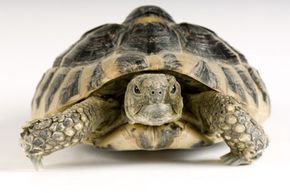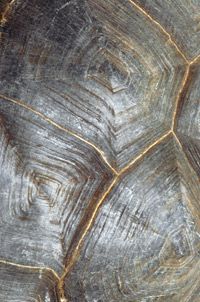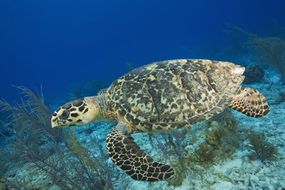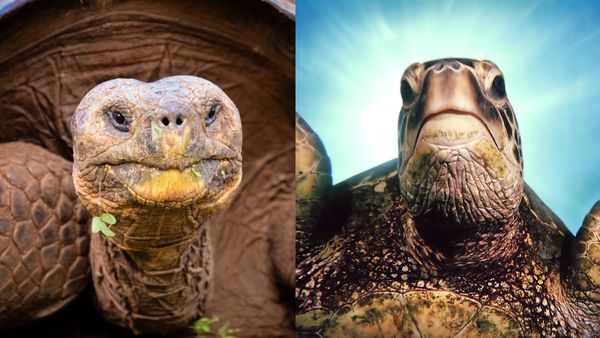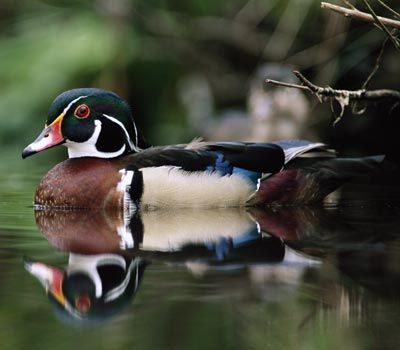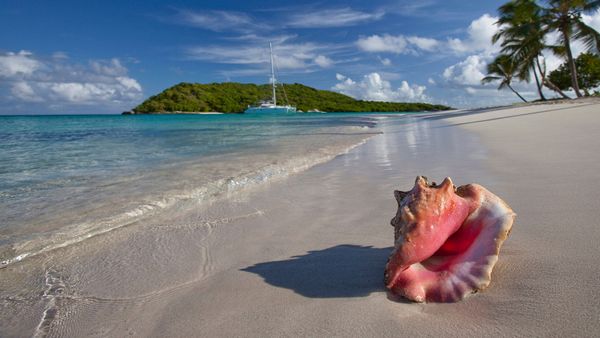Turtles are reptiles, and about 250 different species of them live in the oceans, lakes, streams, forests and deserts on all the world's continents except Antarctica. They might even be in your own yard.
But what's the first thing you're likely to notice when you look at a turtle? Probably its shell and, specifically, the shape of that shell: Is it domed or flat? The shape of a turtle shell depends on the species and the turtle's habitat. Most land-dwelling turtles have a high-domed shell, which help protect them from the jaws of predators, while most aquatic turtles have a more streamlined, flat shell that lets them glide through water.
Advertisement
Whether domed or flat, shells are made up of two parts: the carapace and the plastron. The carapace is the upper part of the shell that covers the turtle's back. The plastron is the bottom half that covers the belly. A bony bridge fastens the two together at the side of the turtle. For the many species of turtles able to retract into their shells, a hinge allows the carapace and plastron to close tightly when the turtle draws in and also joins the two halves together.
Both the carapace and the plastron are made of bone, including about 50 to 60 rib and back bones in the upper shell and a fusion of clavicle and rib bones in the lower shell.
On top of the bone, each shell half is covered with scutes, sometimes called shields, which are overlapping pieces of keratin (the same substance as human fingernails). The scutes provide a protective coating. (There's always an exception: Leatherback turtles and other soft-shelled species trade scutes for a tough cartilage skin instead.)
A turtle's shell provides intricate skeletal protection, but can a turtle outgrow it?
